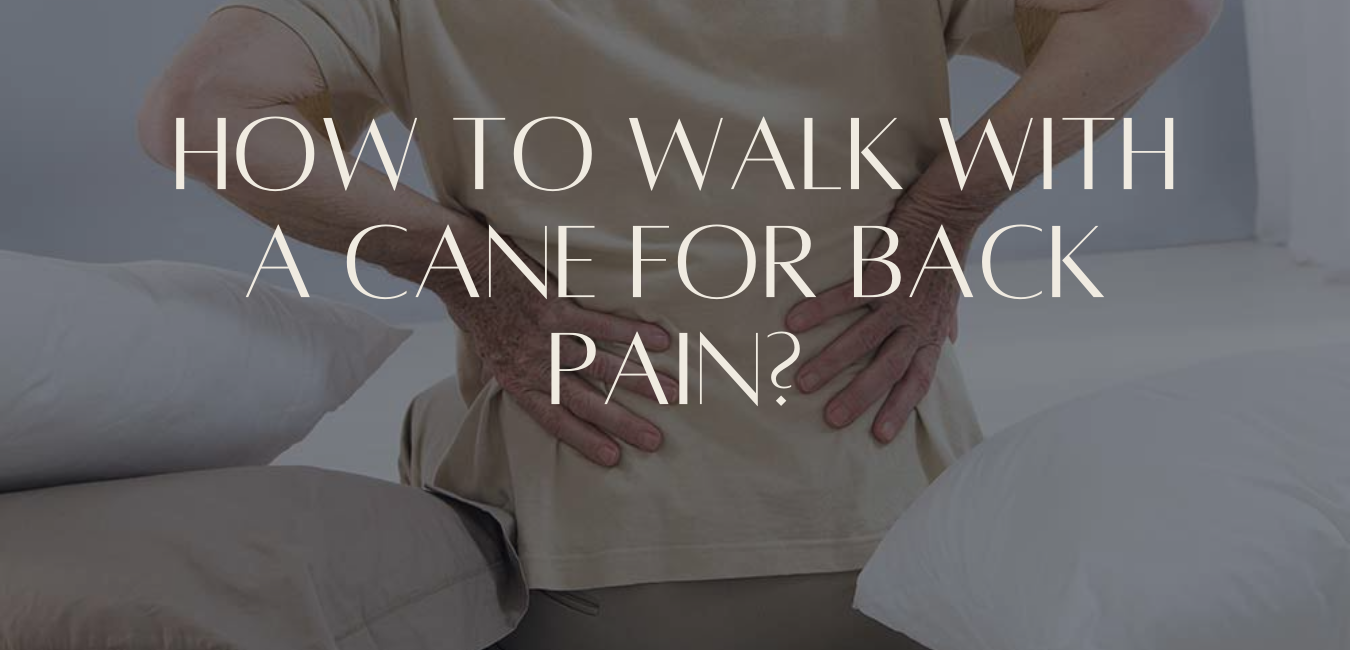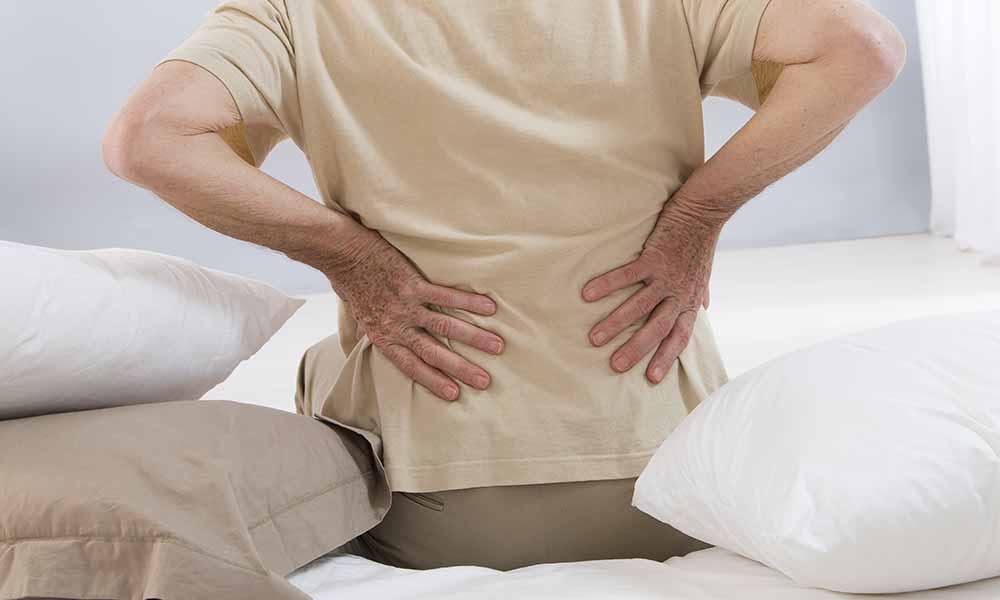How to Walk with a Cane for Back Pain?

A cane goes hand in hand with lousy balance and gait issues. Ever wondered if a cane can fix one’s back problem? Yes, it does. Older adults require a cane to improve gait issues, queasy balance, and chronic back pain. It aids them to stand upright and fixates daily routine misfortunes. How to walk with a cane for back pain?
Some young adults avoid the use of a cane though they have severe backaches. A young one keeps their distance from embarrassment and the idea of looking too old to use a cane. What if you are too fearful of the thought of looking older among your mates? Would you give a chance to falls and accidents because of imbalanced gait problems and get used to a wheelchair for the rest of your life? It’s the riskiest way to endanger one’s life; it would be preferable to learn to walk with a cane for back pain.
Steve, a blogger who has tips on building stronger bodies and two decades of backache, also guarantees that a cane supports back pain. He came to terms with a cane while recovering from spinal stenosis. Steve couldn’t stand erect; he was inclined over 30 degrees at his waist. Nonetheless, he normalized his life (riding a bike and walking a certain distance) with the virtue of a cane.
How did Steve do it right?
Steve and his wife didn’t even think of using a walking cane at first. One day she noticed a beautiful walking stick in the store, and the couple instantly thought of using it. The walking stick stood five feet tall, an exact length that helped him lean over the support whenever he paused from hectic schedules. While he walked up and down the streets, he noticed many people looking at him and questioning Steve if he required a cane at this age. But it didn’t bother; he didn’t leave his cane behind and flaunted it when he took a break from casual walks. Also, he took it on a bike ride with his wife; he held his stick across the handlebars of a bike.

Steve suggests accompanying your walking cane during every daily routine. Whether you hold it or hang it on your arms or armchair, he says you’ll figure out how to use it for back pain with the haste of time. The blogger, Steve, recommends not to put the whole human body on a cane. If you throw all of your balance to one side of a stick, it enhances the chance of falls and trips.
Canes for back pain?
A healthcare professional may advise you to go for a walker or crutches if you put on more than 20% of the weight. Or a quad cane specifically designed to work as a walker and crutches is a win-win product/companion for patients with back pain. When you throw off extra weight on the cane, it harms the spine and worsens your back pain.

On the contrary, quad cane, walker, and crutches bolster up more than 20% of human weight; hence they maintain more stability and soothes back pain in exchange.
Pick up the right cane.
Instead of worsening the backache, you should make up your mind to use a cane. Stand straight on your regular shoe, position a cane parallel to your side. The crest of the stick should reach your hip bone; it shouldn’t be above or below the crease of your wrist. Similarly, your elbow shouldn’t incline more than 20 degrees while holding a cane. Otherwise, you’ll experience muscle pain and worsen the arthritis condition in your wrist, shoulder and lower back.

Keep cane to your unaffected area or stronger side. Then walk with your unaffected leg and end a couple of strides with the weak side and cane together. For example: if you injured the right leg, step up with the left leg and walking cane and finish the stride with the right leg. It confines your left arm to swing and maintain the balance without limping off the pace.
When you need the support of furniture, a wall, or an individual to get up and sit down, you need to visit the store and get a cane as soon as possible. If you are an indoorsy person, you mightn’t need a cane to execute daily routine activities. Well, if you are an outdoorsy person, look out for a sturdy stick, straighten your back, improve the balance and flaunt your walk.